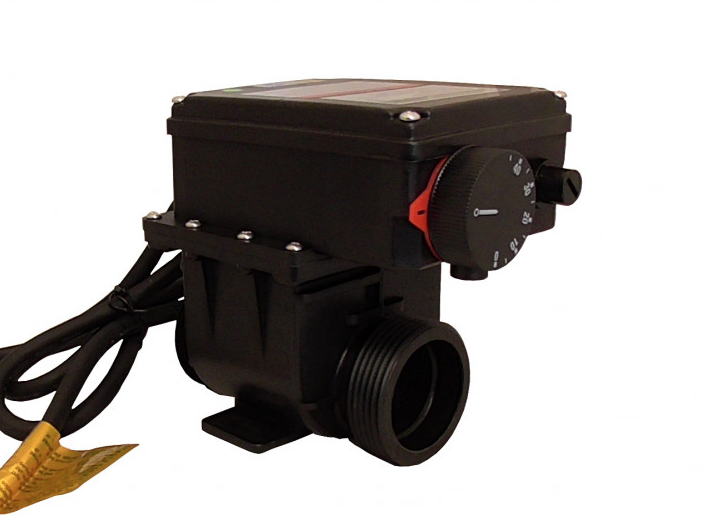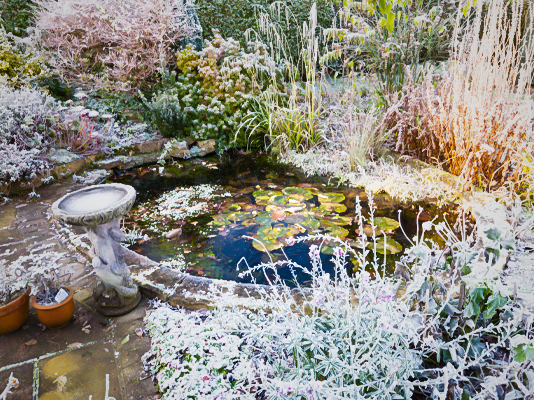How to insulate your pond in winter
Our pond fish are by their very nature cold water, but although they may survive extended winter weather, it doesn’t mean to say it does them any good. Here's what you need to know about pond insulation.
As pond water cools the fish’s immune system becomes vulnerable, they eat less and stop growing, and any damage or infection takes a long time to repair. Koi keepers who show their fish want them to achieve maximum growth throughout summer and winter, so they do this by heating the koi pond and keeping the water temperature many degrees higher than it normally would be if left to cool outside.
This keeps the fish active, eating and growing but it can be very expensive so they use one or several means to try and retain that heat, and these methods can also be used by other pond owners to fight off the worst of the cold weather.

Pond coverings
Heat escapes from the surface of the pond and is chilled by cold winds blowing across it. One way to lessen the severity of winter weather and prevent heat loss is to erect a tent or small marquee over the whole koi pond. It will stop the worst of the frost and ice and can itself be heated, helping to keep the pond a few degrees warmer.
If you don’t have the luxury of an actual pond tent you could erect a simple polytunnel or even a frame and place bubble wrap over it. When the sun is out the greenhouse effect will be created and the pond will stay much warmer.
If a frame isn’t an option then visit the DIY store and buy clear polycarbonate sheets like the ones that lean-tos and carports are made of. They vary in thickness and can even be a double or triple layer, making very effective insulators when placed over the pond.
Another method is to cover the entire water surface in floating plastic balls, themselves coming together to form a flexible insulation cover that actually sits on the water. Some air can still get through although an airstone is recommended to ensure gaseous exchange.
Insulation
If you are lucky enough to still be at the build stage or are planning your next pond, you could insulate the base and sides of the pond too. If the pond is a rectangular block work pond, use thick foam sheets of wall insulation cut to size to perfectly line the base and four sides of the pond.
Place pond liner over the top and then in the winter months, if you do heat the pond, much less heat will be lost through the frozen ground and if you use one of the above cover methods too your fish could remain warm and cosy without it costing the earth. It will help your pond heater to do a more effective job too.









